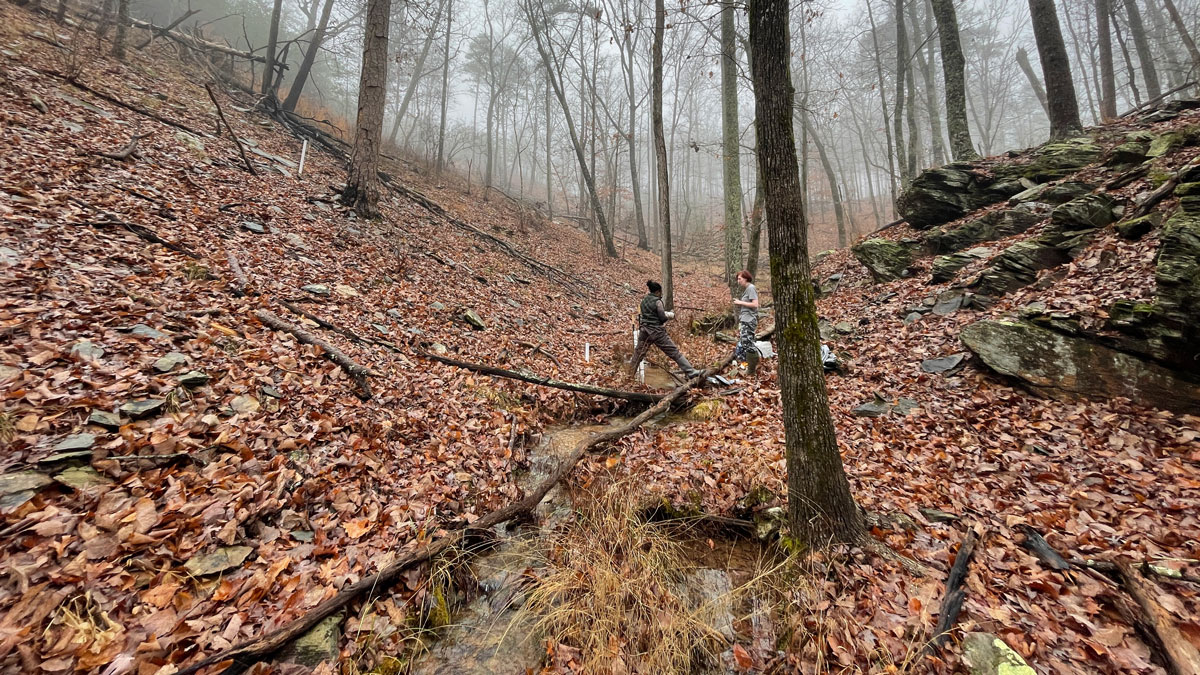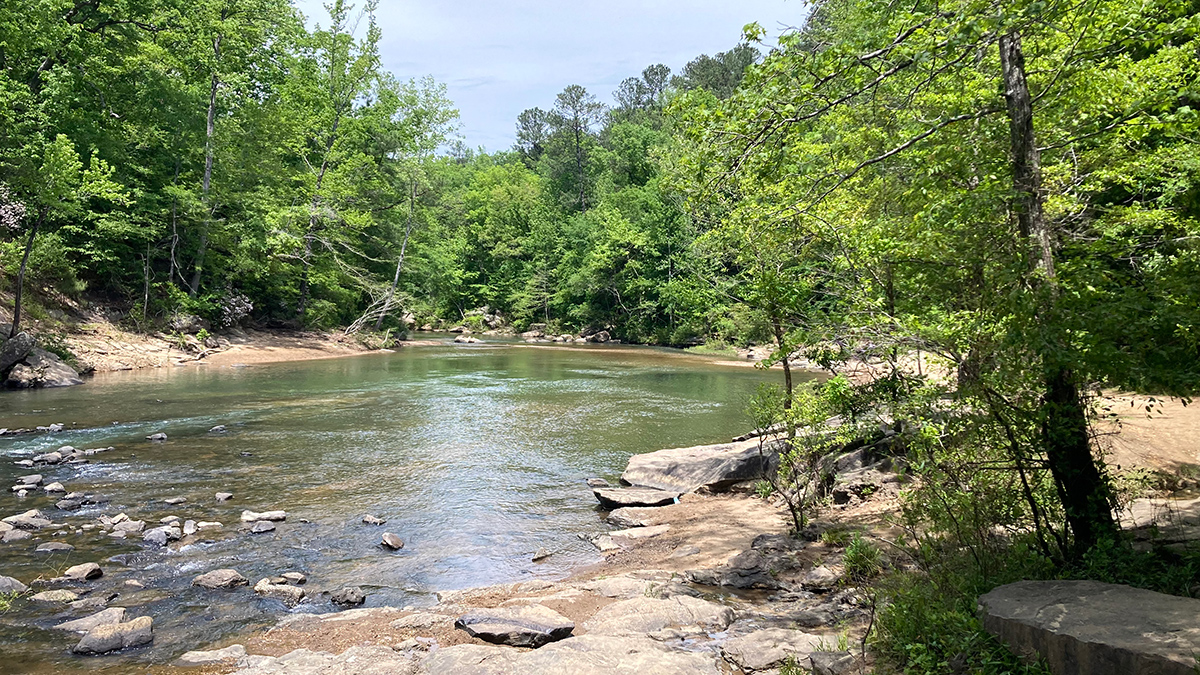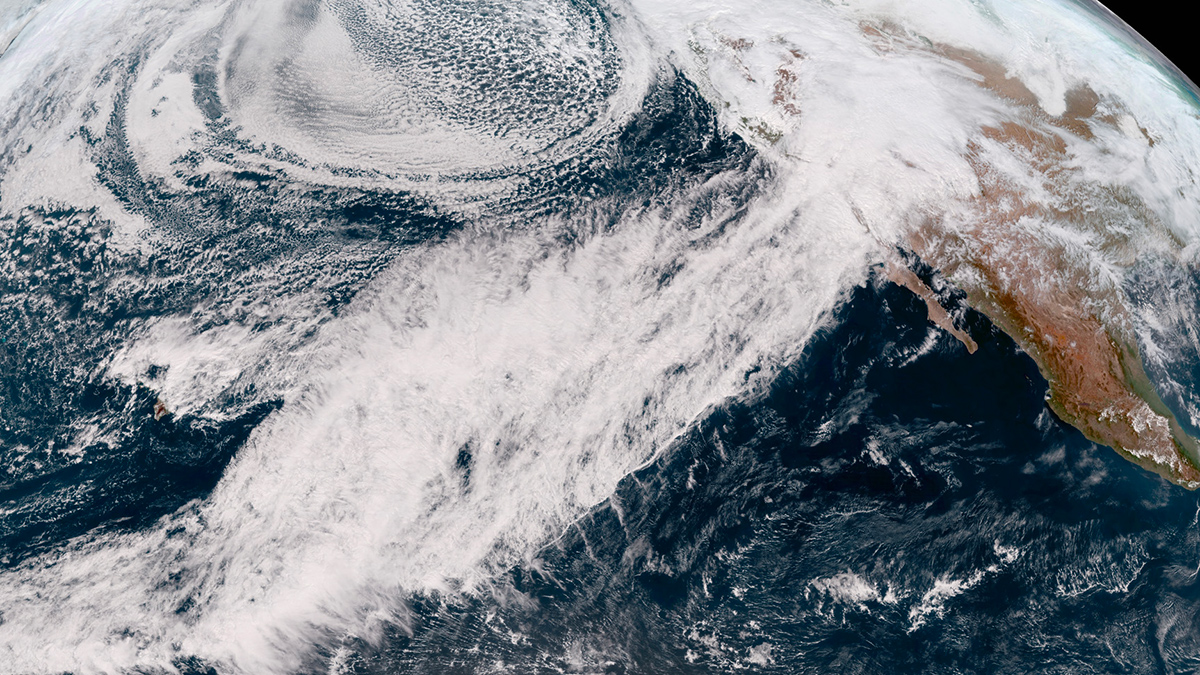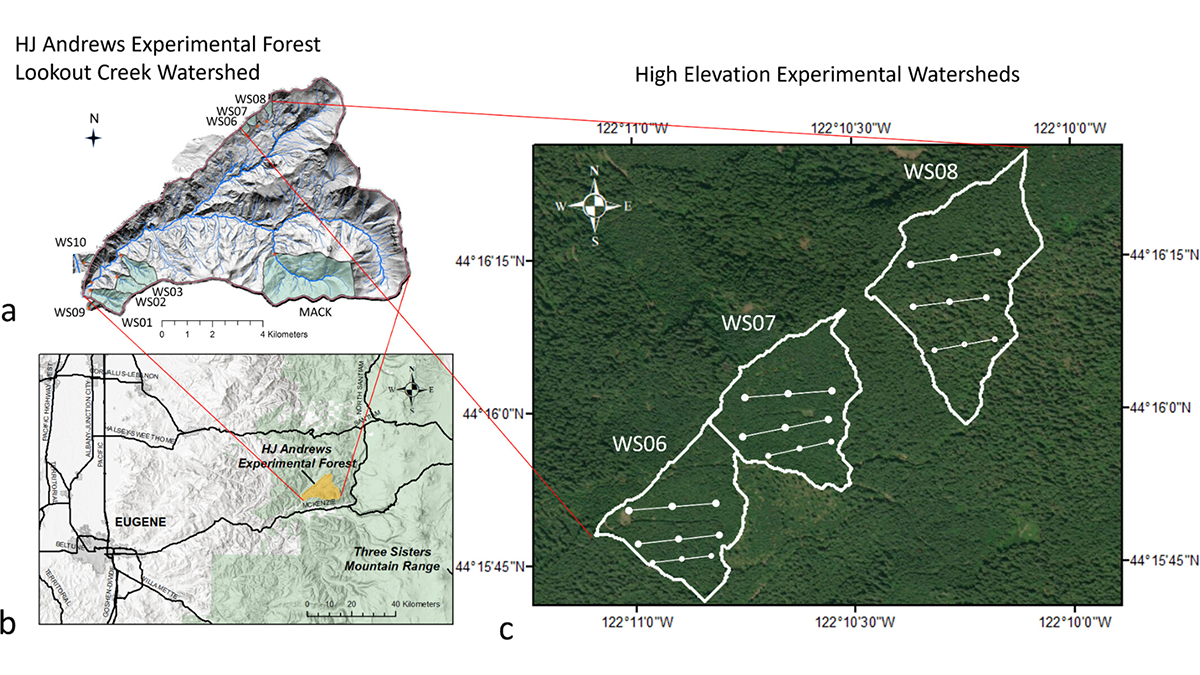For the first time, researchers are able to add hydrologic estimates to find where reintroducing beavers could best benefit a watershed and the humans who live within it.
watersheds
The “Surprising” Effect of Drying Headwaters on Nitrogen Dynamics
Contrary to predictions, spring rains caused a decrease in nitrogen at watershed outflows in Alabama.
Strange Branching of Water Flows Through Rivers and Lakes
Sometimes rivers split into branches in unusual ways, reflecting the complexity of Earth’s water system on land and how much we still must learn about it.
Tracing Metals from Earth to Water to Life in the Yellow River
The mix of metals in China’s Yellow River stays relatively similar as it moves from the upper continental crust to biological life.
Mobile Bay Has More Branching Brooks Than Shown on Federal Maps
A more accurate charting of the full extent of stream networks will help land managers better protect U.S. creeks and rivers.
California Storms Recharged Watersheds, Geodesy Data Reveal
The atmospheric rivers that soaked the state in early 2023 released enough water to warp the ground and douse a deep drought.
Improvements to Measuring the Ups and Downs of the Landscape
If you are a jazz fan, you may be familiar with Ella Fitzgerald singing ‘How deep is the ocean, how high is the sky’. Using data from the Shuttle Radar Topography Mission we now know how high the land really is.
How Does Subsurface Lithology Speak to Hillslope Morphology?
Subsurface flow hydrology connects soils and bedrock lithology to long-term catchment evolution in humid landscapes.
Understanding Carbon-Water Tradeoffs in Pacific Northwest Forests
A new study documents how spruce forests differing in management and age structure influence individual tree growth, carbon stocks, and landscape-water balance in the Pacific Northwest.
Forever Chemicals Are Raining Down on the Great Lakes
PFAS levels are growing in some of the Great Lakes, and precipitation is a big contributor.










